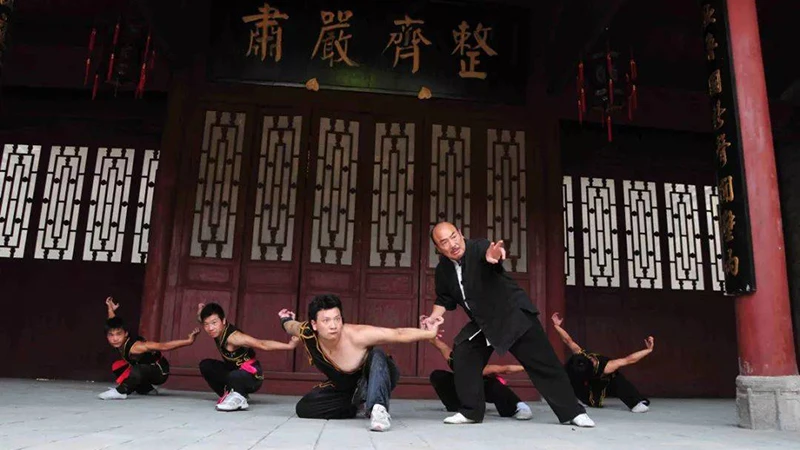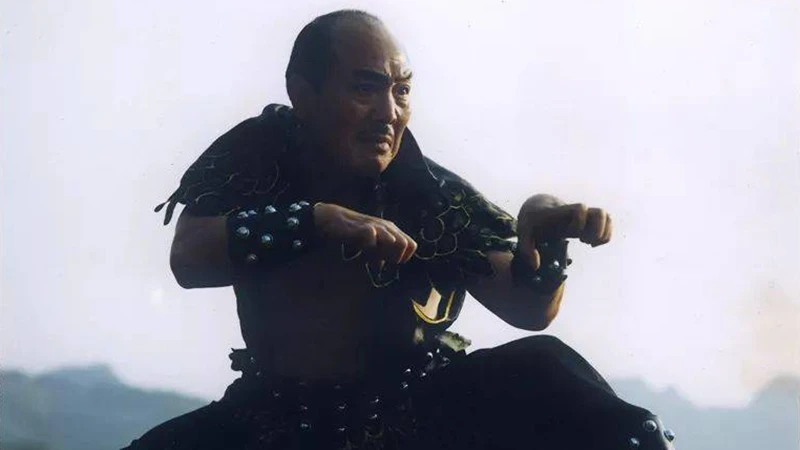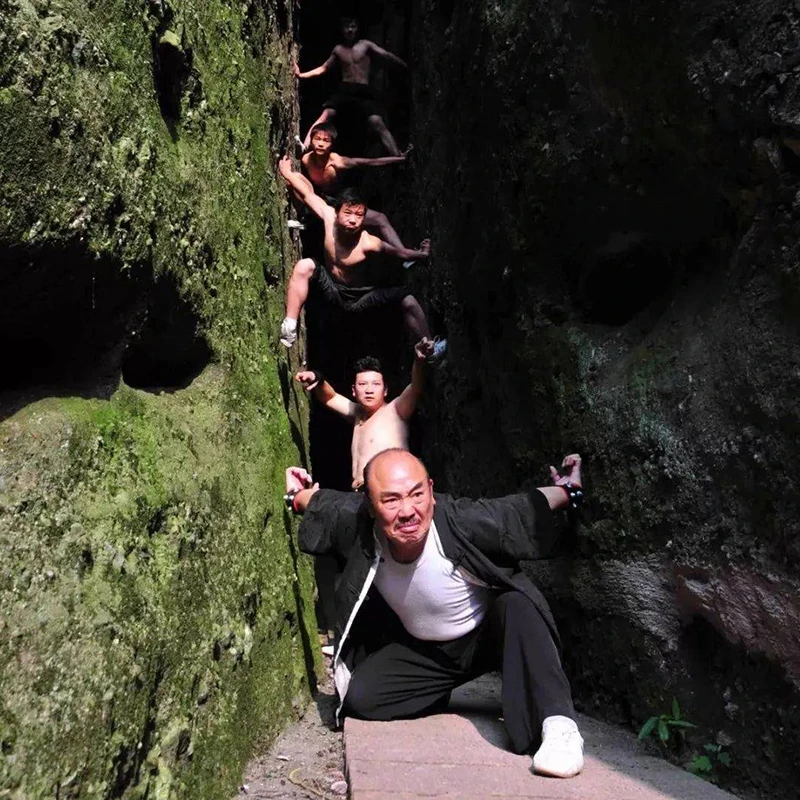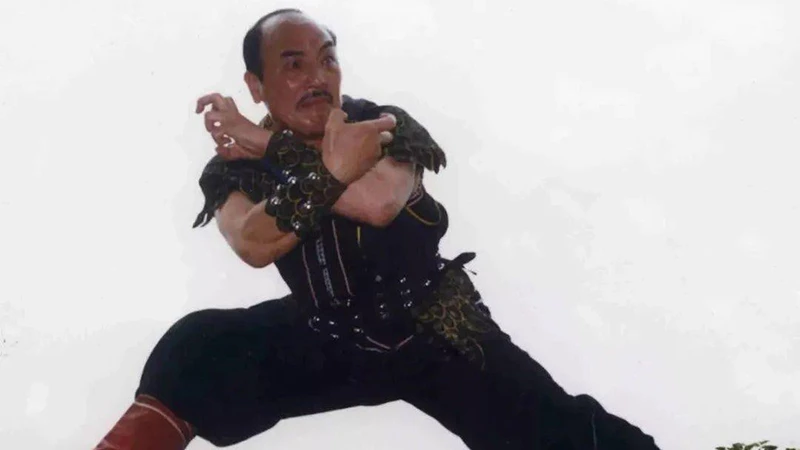The Fierce Essence of Rock Eagle Fist (岩鹰拳)
In the rugged landscapes of Hunan Province, the mighty Rock Eagle soars high, embodying strength and precision in its hunting prowess. This fierce bird of prey, known for its sharp talons and iron-like wings, is a symbol of resilience, navigating the steep cliffs and ancient trees of the mountainous terrain. As the sun rises and sets, flocks of Rock Eagles can be seen circling in the sky, their robust forms carving through the air with grace and power.
The martial art known as Rock Eagle Fist, or Rock Eagle Fist, draws its inspiration from these magnificent birds. Recognized as a provincial-level intangible cultural heritage in Shaoyang City (邵阳市), this unique style of martial arts captures the essence of the Rock Eagle, echoing its fierce spirit and dynamic movements. At the forefront of this tradition is Liu Liehong (刘烈红), a master martial artist born in 1943. As a seventh-degree black belt and a national martial arts judge, Liu has dedicated his life to preserving and promoting Rock Eagle Fist, ensuring that its legacy lives on.

A Legacy of Artistry and Skill
The origins of Rock Eagle Fist can be traced back to the influential martial artist Du Xinwu (杜心五), whose Eagle Claw style served as the foundation. Liu’s mentor, Jiang Zhaohong (蒋兆鸿), further developed this style, creating a set of 25 fitness movements inspired by the movements of the Rock Eagle. Over time, Liu expanded this foundation into a comprehensive system of 82 forms, encapsulating the fluidity and power of the eagle’s natural behavior.
Rock Eagle Fist is more than just a series of martial techniques; it is a living expression of the environment and culture from which it springs. The art mimics the bird’s movements, from its graceful flights to its lethal dives. Practitioners learn to embody the Rock Eagle’s agility and precision, executing techniques that encompass clawing, grabbing, and striking movements, all designed to reflect the bird's predatory nature. The integration of various martial arts styles—such as snake fist, monkey fist, and the fluidity of tai chi—further enriches Rock Eagle Fist, creating a comprehensive martial arts experience that is as aesthetically pleasing as it is practical.
For decades, Rock Eagle Fist has been showcased in numerous martial arts competitions and cultural exchanges, earning accolades and admiration both domestically and internationally. Each performance displays not only the technical mastery of the art but also a profound sense of cultural identity, drawing from the unique characteristics of Southern Hunan. The movements are not merely physical; they embody the spirit of the Rock Eagle, symbolizing freedom, strength, and tenacity.
Under Liu’s guidance, students of Rock Eagle Fist train rigorously, honing their skills while learning the philosophy behind each movement. The practice is accessible to all ages, offering a pathway to physical fitness and self-defense. More than just a sport, Rock Eagle Fist represents a vital aspect of cultural heritage, fostering a sense of pride and belonging among practitioners. The art form promotes both the physical and mental well-being of its participants, encouraging a lifestyle that values health, discipline, and resilience.
A Symbol of Hope and Unity
Rock Eagle Fist stands as a testament to the enduring spirit of Chinese martial arts. It is a vibrant thread in the tapestry of traditional culture, symbolizing not only the martial prowess of its practitioners but also the rich history and values of the region. As Liu Liehong continues to teach and inspire a new generation of martial artists, Rock Eagle Fist remains a beacon of hope, unity, and cultural pride.
This martial art is not merely an exercise; it is a profound expression of heritage and identity, connecting practitioners to the wisdom of their ancestors while adapting to the modern world. In a time when traditional practices are at risk of fading away, Rock Eagle Fist thrives, showcasing the beauty and strength of a culture deeply rooted in nature and the human spirit.



